During this year’s count back in February, nearly 395,000 birds were spotted during 1,721 surveys. The most common species seen were starling, woodpigeon and fieldfare.
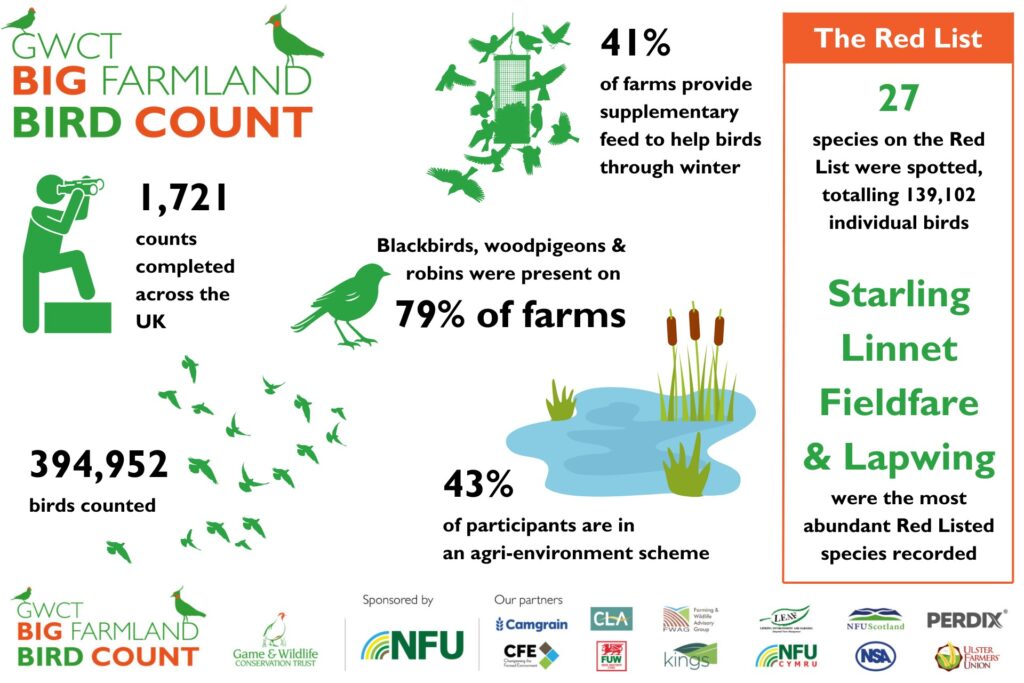
A total of 140 different species were recorded and of those, 27 were red-listed, totalling nearly 140,000 individuals.
The most abundant red list species were starling, linnet, fieldfare and lapwing, while the rarest sightings were of snow bunting, rock pipit, merlin, greenshank, golden eagle and Bittern.
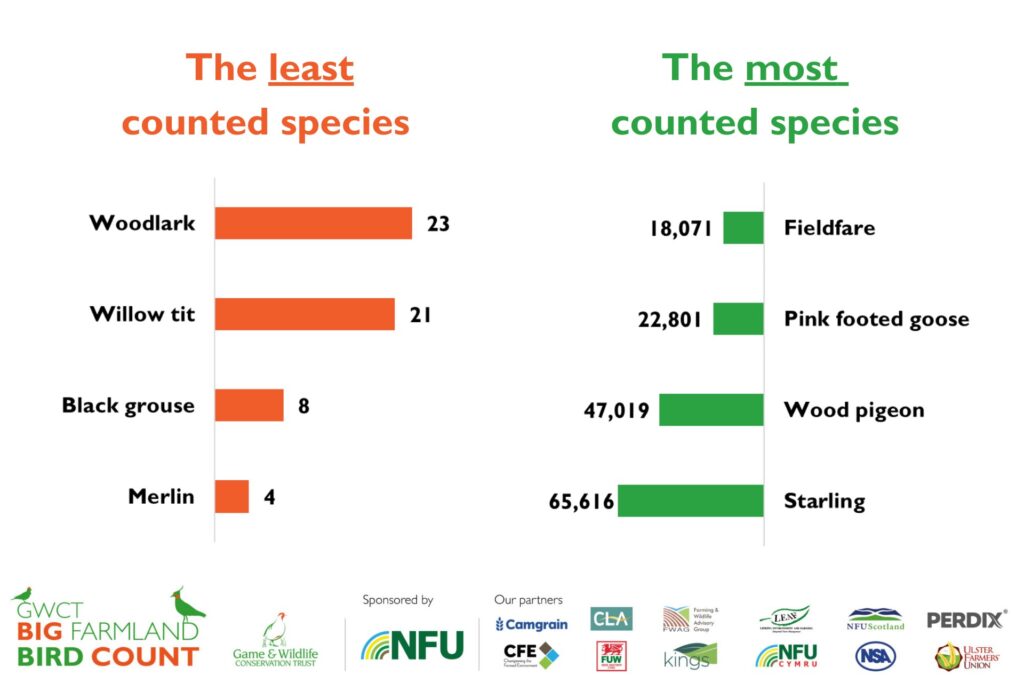
Nearly 80% of farms recorded blackbirds, robins and woodpigeons. Norfolk topped the list of recording the largest number of counts, followed by Suffolk and Wiltshire.
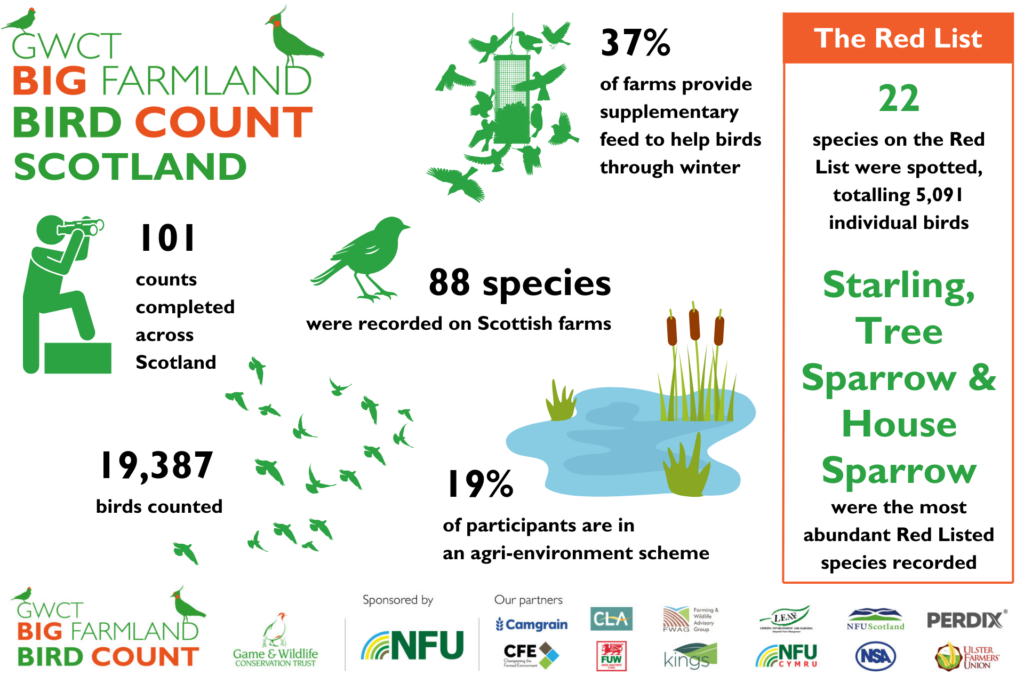
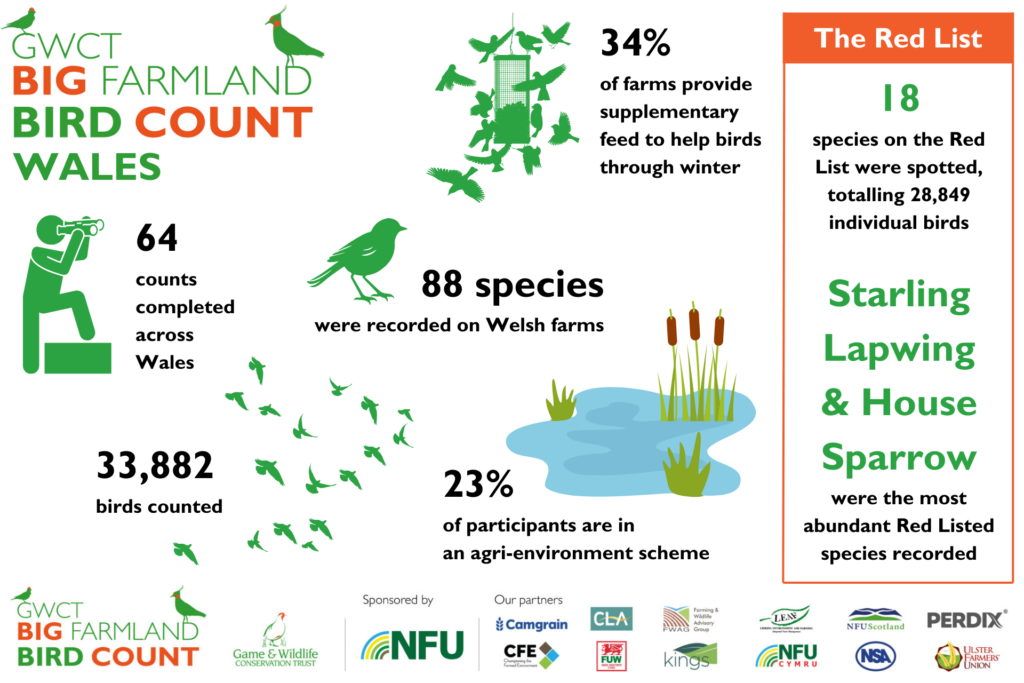

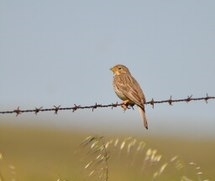
The Farmland Bird Count is an enjoyable annual walk for my wife and myself, and i understand how it has to be a designated time slot. Working on the farm and seeing many different species that decide to do a “no show” on the count day can also be a little frustrating at times, e.g flocks of Linnets , Fieldfares , Meadow Pipits the day before we counted all absent from count.